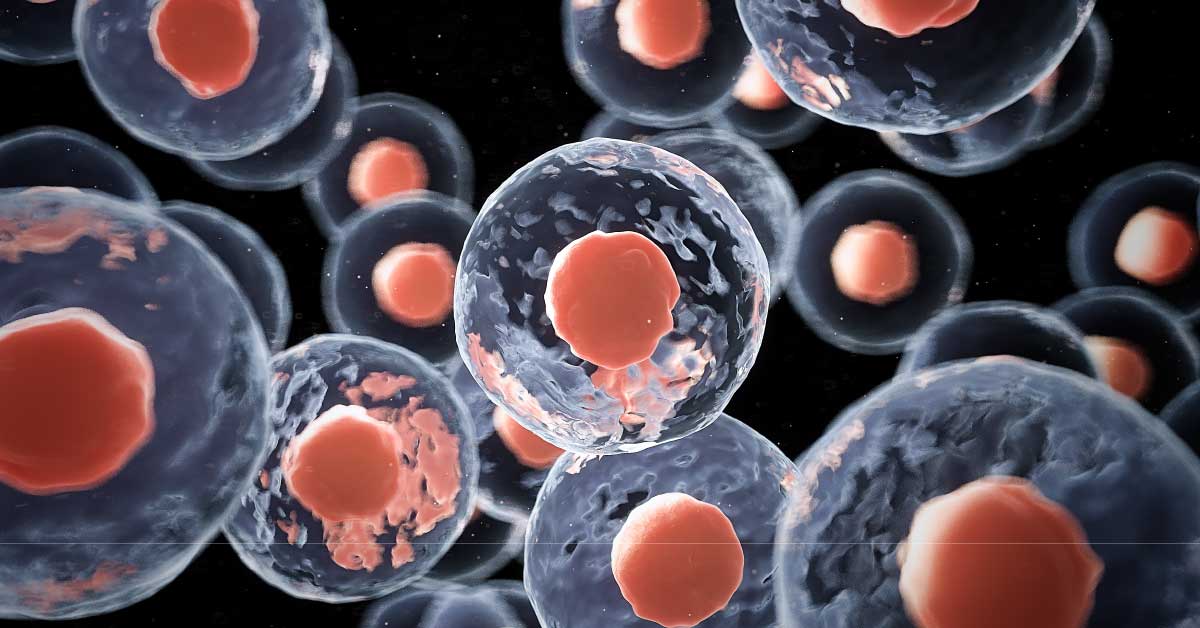Mesenchymal Stem Cells (MSCs) are stem cells that have not differentiated into specific cells but these cells can differentiate into a variety of cells according to the cell’s homing ability. Based on the ability of the proliferation and differentiation, MSCs can differentiate into various mature cells such as osteocytes, cardiomyocytes, fibrocyte cells, hepatocyte cells, fat cells, pancreatic cells and other intra-organism cells, because MSCs are multipotent cells.
Furthermore, MSCs can repair cells or tissues of injured organs, therefore MSCs have the ability to migrate to injury sites with the help of chemotractants, the molecular products of immune cells in the area of injury. Then homing occurs, where cells gather and activate stem cells from tissues and blood vessels to the injury area. After homing, these cells proliferate and differentiate into progenitor cells, and eventually become mature cells or specific cells according to the micro environment.
Regarding the migration of MSCs to the site of injury, it is not yet known exactly how long and how they are effective. Therefore, this study aims to measure the speed of migration of MSCs activated by crude secretom to the area of injury that is measured by the IVIS Imaging method. The first step in this research is to characterize MSCs to prove that cells isolated from adipose are mesenchymal stem cells. Meanwhile the second step is to make the wound by heating using iron in the dorsal area of the mice with a diameter of 1 cm. Then the third step is labeling cells with green fluorescence protein. A number of 108 MSCs were injected intravenously laterally in the tail of mice. The last step is the observation of migration at 0 hours, 24 hours, and 48 hours which is observed with bioluminescent imaging to determine the migration MSCs. The results of this study indicated that MSCs accelerate to the area of the wound on the skin.
Authors: Fedik A.Rantam, Abraham Ahmad Ali Firdaus, Evi Awalia, Anak Agung Ayu Meidiary, Purwati Purwati, Eryk Hendrianto, Igo Syaiful Ihsan and Helen Susilowati, 2019.
Article link: Amnion Membrane-Derived Mesenchymal Stem Cell (MSCs) migration and Homing in a Burn-Wounded MouseModel as Tracked Using IVIS Imaging. Biochem. Cell. Arch. Vol. 19 September 2. Pp. 4803-4806. https://stemcellsjournals.onlinelibrary.wiley.com/journal/21576580





